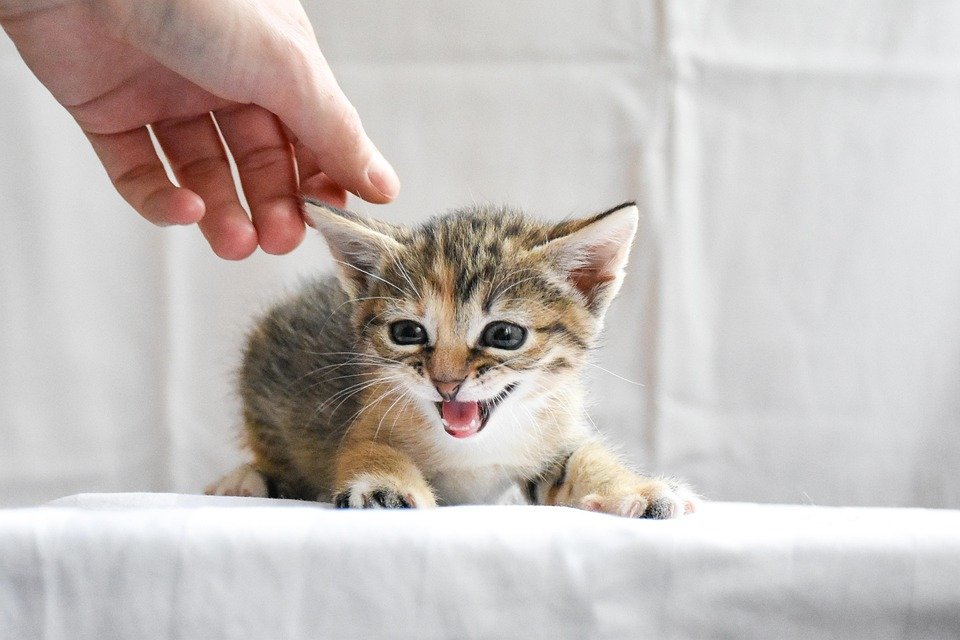
Mastering Cat Communication: Hand Signal Training in 8 Steps
Cats are known for their independent nature and unique ways of communication. While they may not be as vocal as dogs, cats use various body language cues and vocalizations to express their needs, desires, and emotions. One effective way to enhance communication with your feline friend is through hand signal training. By using hand signals, you can effectively communicate with your cat, reinforce positive behaviors, and strengthen your bond. In this article, we will explore the importance of mastering cat communication through hand signal training and provide you with a step-by-step guide to help you get started.
Step 1: Understand Cat Body Language
Before you begin hand signal training, it is crucial to familiarize yourself with cat body language. Cats communicate through a combination of vocalizations, facial expressions, and body postures. For example, a cat with flattened ears and dilated pupils may be feeling threatened or scared, while a cat with a relaxed body posture and purring may be content and relaxed. By understanding your cat’s body language, you can better interpret their feelings and respond accordingly.
Step 2: Choose Clear and Consistent Hand Signals
When training your cat with hand signals, it is essential to use clear and consistent gestures. Choose simple hand signals that are easy for your cat to recognize and differentiate. For example, you can use a closed fist for “sit,” a pointed finger for “come,” and an open palm for “stay.” Consistency is key when using hand signals, so make sure to use the same gestures each time you communicate with your cat.
Step 3: Establish a Positive Association
To effectively train your cat with hand signals, you need to establish a positive association with the gestures. Use treats, toys, or praise to reward your cat each time they respond correctly to a hand signal. Positive reinforcement will encourage your cat to repeat the desired behavior and strengthen the bond between you and your feline friend.
Step 4: Start with Basic Commands
Begin hand signal training with basic commands that are easy for your cat to understand. Start with simple gestures such as “sit,” “come,” and “stay.” Use a treat or toy to lure your cat into the desired position while simultaneously giving the hand signal. Repeat the process until your cat associates the gesture with the command and responds consistently.
Step 5: Practice Regularly
Consistent practice is essential for successful hand signal training. Set aside a few minutes each day to work on training with your cat. Practice the hand signals in different environments and situations to help your cat generalize the commands. Be patient and persistent, as some cats may take longer to learn than others.
Step 6: Add More Advanced Commands
Once your cat has mastered the basic commands, you can gradually introduce more advanced gestures and commands. For example, you can teach your cat to “high-five” or “spin” using hand signals. Break down the desired behavior into small steps and reward your cat for each successful attempt. With time and practice, your cat will learn to respond to a variety of hand signals.
Step 7: Use Hand Signals in Everyday Interactions
Incorporate hand signals into your everyday interactions with your cat to reinforce their training and strengthen your communication. Use hand signals to redirect unwanted behaviors, signal mealtimes, or initiate play sessions. By consistently using hand signals in your interactions, you can establish a clear line of communication with your cat and foster a deeper connection.
Step 8: Be Patient and Understanding
Training your cat with hand signals takes time, patience, and dedication. Be understanding of your cat’s individual learning pace and adjust your training methods accordingly. Celebrate small victories and progress, and do not get discouraged by setbacks or challenges. Remember that every cat is unique, and training success may vary from one cat to another.
In conclusion, mastering cat communication through hand signal training is a valuable skill that can enhance your bond with your feline companion. By understanding cat body language, choosing clear gestures, establishing positive associations, and practicing regularly, you can effectively communicate with your cat using hand signals. Follow the eight steps outlined in this article to embark on a rewarding journey of training and communication with your cat. With patience, consistency, and love, you can master cat communication through hand signal training and strengthen your relationship with your furry friend.





